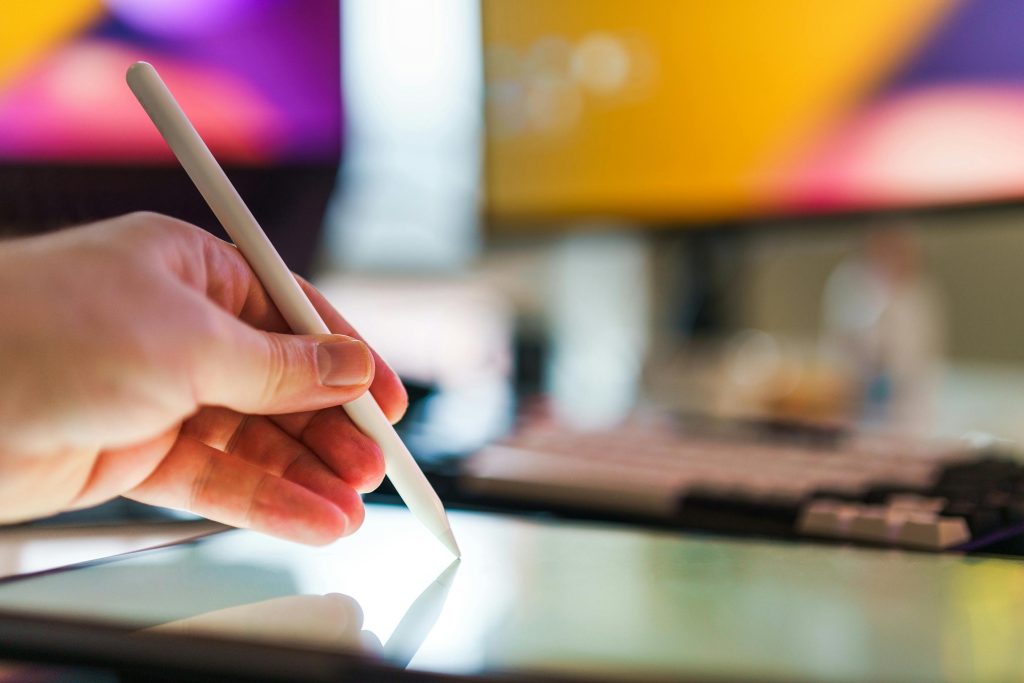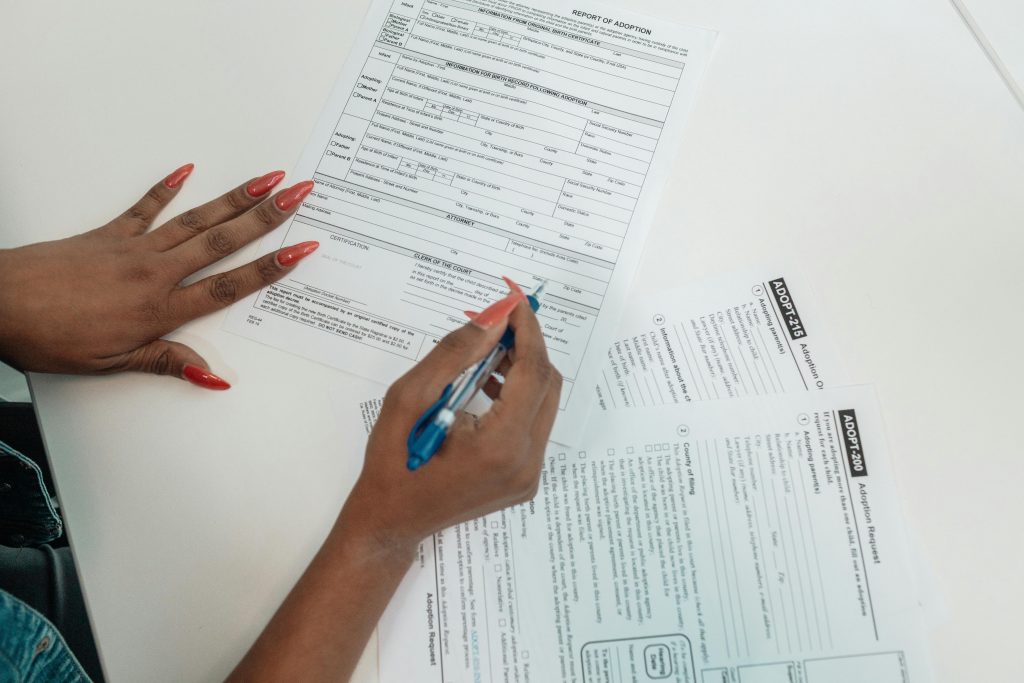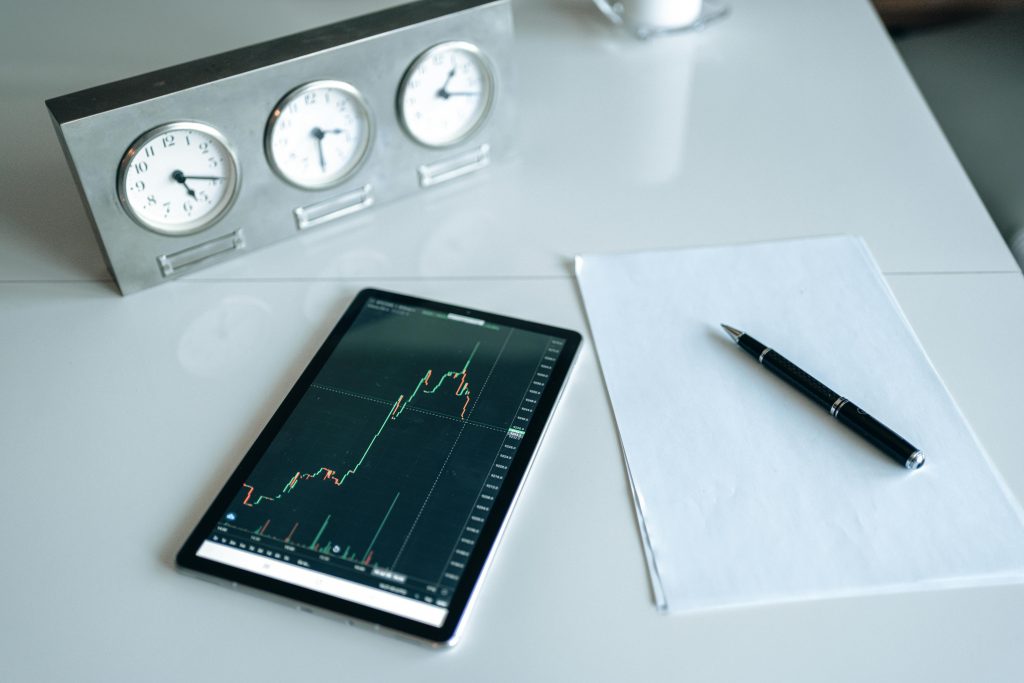Introduction
Adopting new property management software can significantly improve efficiency, automate tasks, and enhance tenant communication. However, transitioning from traditional processes or outdated systems to modern software can be challenging if not planned properly.
A successful software implementation requires careful planning, team training, and a phased approach to ensure minimal disruption and maximum adoption. In this guide, we explore best practices to help property managers seamlessly integrate new software into their operations.

Why Implementing Property Management Software is Essential
🔹 Increases Efficiency – Automates rent collection, maintenance tracking, and tenant communication.
🔹 Reduces Human Errors – Minimizes mistakes in lease management, invoicing, and financial tracking.
🔹 Enhances Tenant Satisfaction – Provides online portals and instant communication tools for a better rental experience.
🔹 Improves Compliance & Security – Ensures data protection, legal document tracking, and regulatory compliance.
🔹 Streamlines Multi-Property Management – Centralizes operations for landlords managing multiple units or buildings.
While the benefits are clear, proper implementation is key to ensuring a smooth transition.
Best Practices for Implementing New Property Management Software
1. Define Your Goals & Requirements
What It Does:
Before choosing a software solution, clearly outline what you need it to accomplish.
✅ Key Steps:
✔ Identify pain points in your current system (e.g., slow rent collection, manual maintenance tracking).
✔ List the must-have features (e.g., tenant portals, automated payments, compliance tracking).
✔ Consider future scalability to ensure the software can grow with your business.
📌 Example:
A property manager handling 100+ rental units prioritizes automated lease renewals and maintenance scheduling to reduce administrative workload.

2. Choose the Right Software for Your Business
What It Does:
Selecting software that aligns with your business needs ensures a successful transition.
✅ Key Features to Look For:
✔ Cloud-based access for remote management
✔ Tenant and landlord portals for communication
✔ Integrated payment and accounting tools
✔ AI-powered maintenance tracking
✔ Compliance management for legal requirements
📌 Example:
A landlord managing short-term rentals selects a software with dynamic pricing and automated guest check-in/check-out features to optimize bookings.
3. Develop a Step-by-Step Implementation Plan
What It Does:
A structured rollout minimizes disruptions and ensures a smooth transition.
✅ Key Steps:
✔ Choose an implementation timeline (e.g., phase-by-phase adoption).
✔ Designate a team leader to oversee the transition.
✔ Migrate existing tenant and financial data securely into the new system.
📌 Example:
A property management company with multiple rental locations implements the software in stages, starting with lease tracking before introducing rent automation.
4. Train Your Team & Tenants for Easy Adoption

What It Does:
Ensures employees and tenants understand how to use the new system effectively.
✅ Key Training Methods:
✔ Conduct staff training workshops and provide user manuals.
✔ Offer online training sessions for tenants on using portals.
✔ Assign a support contact for troubleshooting and assistance.
📌 Example:
A property manager sends tenants a step-by-step video tutorial on how to submit maintenance requests through the new software.
5. Migrate Data Securely & Accurately
What It Does:
Ensures a seamless transition from old records to the new digital system.
✅ Best Practices:
✔ Perform data audits before migration to remove outdated records.
✔ Backup all existing data in a secure cloud system before transferring.
✔ Conduct test runs with sample data before going live.
📌 Example:
A property manager exports lease agreements and rent history from an old system and verifies accuracy before launching the new software.
6. Start with a Pilot Program Before Full Implementation
What It Does:
Allows property managers to test the software with a small group before full deployment.
✅ Pilot Phase Includes:
✔ Testing key features like rent collection and maintenance requests.
✔ Gathering feedback from staff and tenants.
✔ Making necessary adjustments before full rollout.
📌 Example:
A property manager tests the software with 10 rental units before implementing it across the entire portfolio.
7. Monitor Performance & Optimize Processes

What It Does:
Helps identify areas for improvement and ensure smooth operations post-launch.
✅ Key Monitoring Metrics:
✔ Tenant engagement with online portals
✔ Rent collection success rates
✔ Maintenance request response times
✔ Financial accuracy and reporting
📌 Example:
A property manager analyzes software reports and finds that automated rent reminders reduced late payments by 30%.
8. Ensure Ongoing Support & Software Updates
What It Does:
Maintains long-term efficiency and security with regular updates.
✅ Best Practices:
✔ Choose a software provider with strong customer support.
✔ Keep the software updated with the latest features and security patches.
✔ Continuously train staff on new software capabilities.
📌 Example:
A property manager subscribes to software updates and security patches to ensure data protection and compliance with new regulations.
Common Mistakes to Avoid When Implementing New Software

🚫 Skipping Training Sessions – Leads to confusion and resistance from staff and tenants.
🚫 Poor Data Migration Planning – Results in missing or incorrect tenant and lease data.
🚫 Lack of Ongoing Support – Leaves users struggling with technical issues.
🚫 Forcing a Sudden Transition – Causes operational disruptions; a gradual rollout is best.
Conclusion
Implementing new property management software is a game-changer for landlords and property managers, offering efficiency, automation, and better tenant communication. However, a smooth transition requires strategic planning, proper training, and ongoing support.
At LocalPropertyManagementSoftware.com.au, we provide user-friendly, scalable solutions that help property managers transition to digital operations seamlessly. Upgrade your property management system today and experience the benefits of smarter, more efficient property management!

